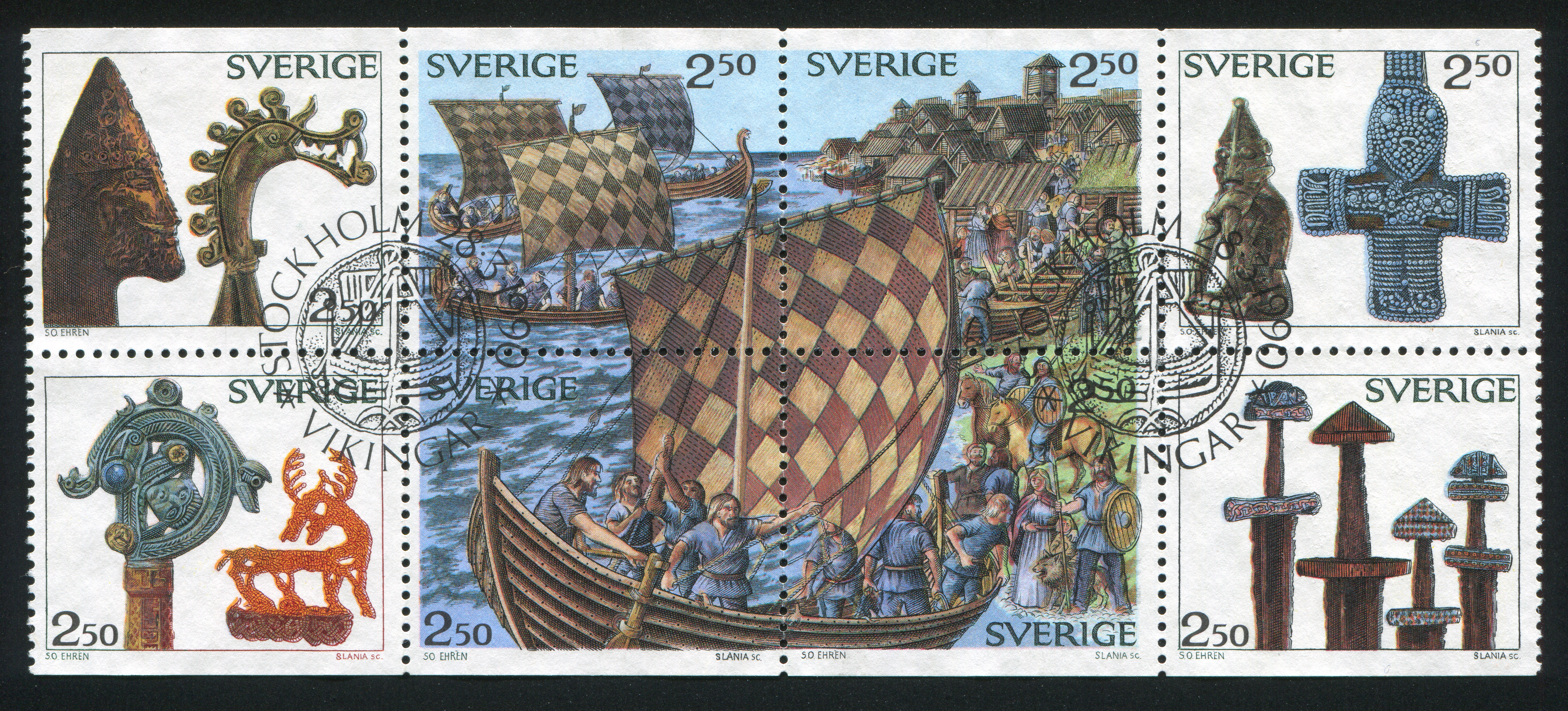
In The Vikings, Else Roesdahl provides a great description of how economic growth took place during the Viking era and how political development was both possible as a result and was simultaneously required for the growth to continue.
Early on men in an area would gather in “things”, local assemblies to resolve conflicts. Local yarls (rulers or strongmen, vaguely similar to a small city mayor) struggled, schemed, and fought to gain influence over larger areas.
Without a modest level of security and property rights, one dare not risk scarce capital in building a foundry or gather lots of goods for trading.
As regional yarls, or petty kings, gain influence, more stability developed.
Author suggests leading groups in an area wanted more peace and stability so they would have accepted a yarl as king consolidating authority over a larger area.
For a trading town to develop there would have needed to be enough stability and protection from raiders and pirates to risk the capital.
This in turn, led to larger political units with more power which provided more stability, which would encourage more trade and production. That created more wealth, which generated more trade with the resulting custom fees and levies, thus allowing the kings to build their administrative structure, hire more warriors to keep control, and provide more stability.
High volume long distant trade requires a reduced level of risk from pirates, which a king with good tax base could then afford to do and have the power to enforce. Keep in mind Vikings didn’t always go overseas to raid; sometimes they raided other Scandinavians.
Traders from outside Scandinavia would have been very reluctant to risk their valuable cargo and even more valuable ship traveling to a Scandinavian trade town unless there was a high confidence level that raiders at sea or inside the town wouldn’t attack.
Other factors needed to support the growing economy and increasing wealth were the ship technology, known transportation routes, emergence of the trade towns, and sufficient surplus production that there was capital which could be invested.
Author mentions that treaties evolved in which kings guaranteed the safety of each others subjects travelling in the other’s kingdom.
I am catching on to the concept there is a strong correlation between the growth of regional kings and then eventual emergence of a national king who then grows his power and influence with the development of trade with the emergence of large trading towns, national coinage, and transition from bullion economy to foreign coins to nationally minted coins.
In particular, the increased level of security and stability correlates with the willingness to invest and risk capital in a long term venture. Trading activities such as building a forge or large pottery production or building a port or hiring 40,000 hours of labor to build a ship requires ability to profit from a long-term investment. Long-distance trade in a slow moving knarr with only a few crew members requires protection from pirates.
A powerful national king with underlying administrative structure can provide that stability.
Oh, by the way, there is a quite powerful lesson there for us today as we consider state and national economic policies.